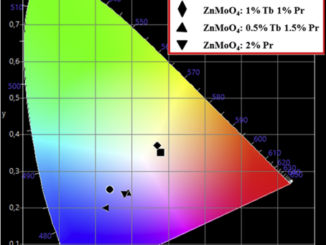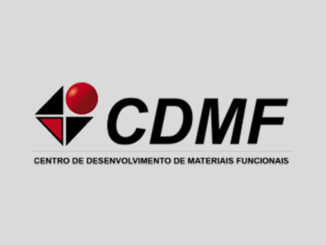
ZnWO4 nanocrystals: synthesis, morphology, photoluminescence and photocatalytic properties
Abstract: The present joint experimental and theoretical work provides in-depth understanding on the morphology and structural, electronic, and optical properties of ZnWO4nanocrystals. Monoclinic ZnWO4 nanocrystals were prepared at three different temperatures (140, 150, and 160 °C) by a microwave hydrothermal method. Then, the samples were investigated by X-ray diffraction with Rietveld refinement analysis, field-emission scanning electron microscopy, transmission electronic microscopy, micro-Raman and Fourier transform infrared spectroscopy, ultraviolet-visible spectroscopy, and photoluminescence measurements. First-principles theoretical calculations within the framework of density functional theory were employed to provide information at the atomic level. The band structure diagram, density of states, Raman and infrared spectra were calculated to understand the effect of structural order–disorder on the properties of ZnWO4. The effects of the synthesis temperature on the above properties were rationalized. The band structure revealed direct allowed transitions between the VB and CB and the experimental results in the ultraviolet-visible region were consistent with the theoretical results. Moreover, the surface calculations allowed the association of the surface energy stabilization with the temperature used in the synthesis of the ZnWO4nanocrystals. The photoluminescence properties of the ZnWO4 nanocrystals prepared at 140, 150, and 160 °C were attributed to oxygen vacancies in the [WO6] and [ZnO6] clusters, causing a red shift of the spectra. The ZnWO4 nanocrystals obtained at 160 °C exhibited excellent photodegradation of Rhodamine under ultraviolet light irradiation, which was found to be related to the surface energy and the types of clusters formed on the surface of the catalyst.
Authors: P. F. S. Pereira, A. F. Gouveia, M. Assis, R. C. de Oliveira, I. M. Pinatti, M. Penha, R. F. Gonçalves, L. Gracia, J. Andrés & E. Longo.
Physical Chemistry Chemical Physics
Volume: 20 Pages: 1923-1937
Published: 2018
DOI: 10.1039/C7CP07354B




